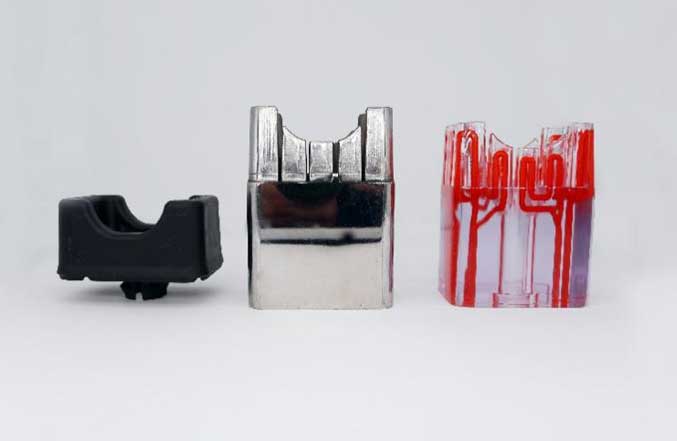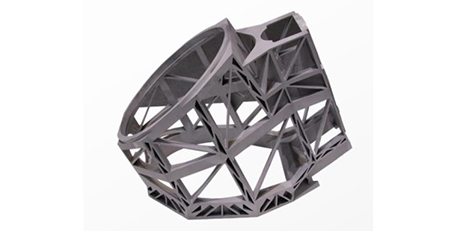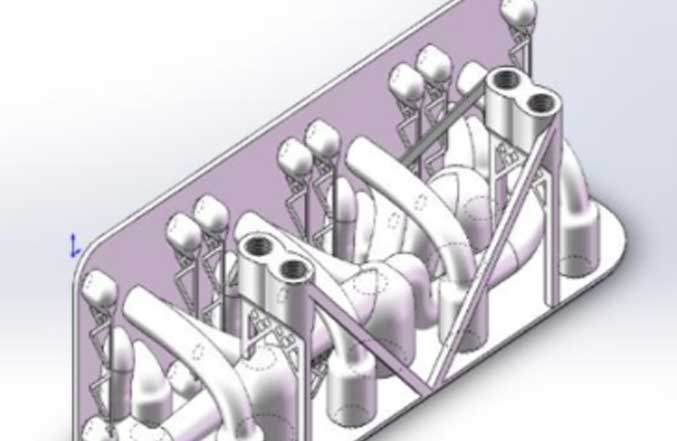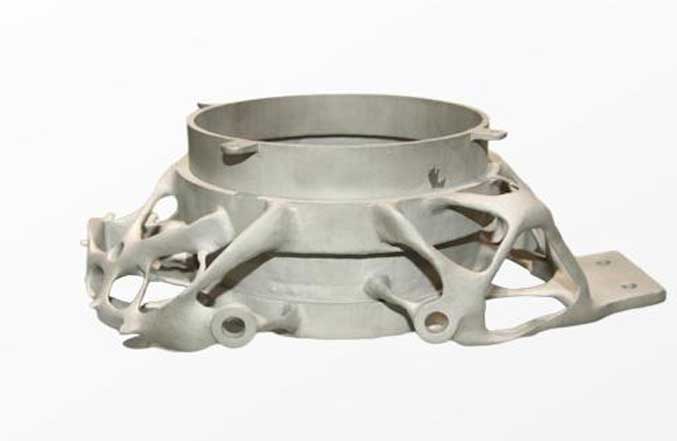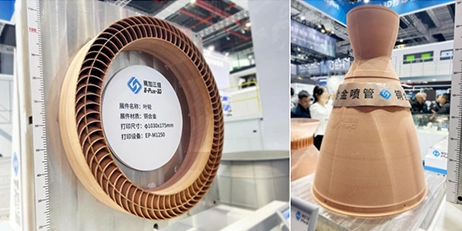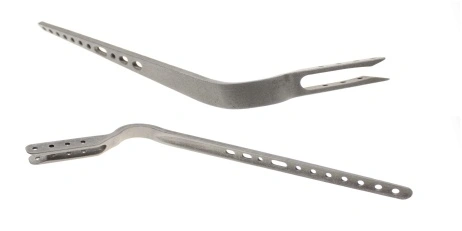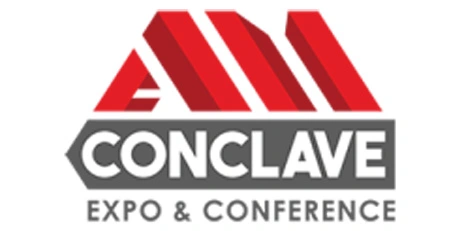Currently, molds using 3D printing technology are generally applied to the cooling water system, which plays a role in shortening the cooling cycle of injection molded products and improving production efficiency.
So are all molds functioning with this technology? The answer is yes. But do all molds that need to be metal 3D printed? The answer is naturally no. Additive manufacturing can quickly manufacture complex geometrical parts based on the three-dimensional model of the part without cutting. It is a "bottom-up" manufacturing method that is incrementally layered. This bottom-up processing method breaks away from the shackles of traditional manufacturing, and has a large degree of design freedom, which can realize batch and individual customization, and can meet the design and preparation requirements of complex molds.
According to the technical characteristics, we lock the keywords "personalized customization, mass production, complex structure" and summarize the characteristics to help customers quickly and accurately cut to the topic.
Here are the molds which are best suitable for metal 3D printing.
1. Molds need mass production
Customers need mass production and time is tight, so the injection cycle must be shortened. The mold conformal water circuit made by 3D printing technology can not only balance the mold temperature and improve the product yield, but also quickly shorten the cooling cycle of injection molded products and improve production efficiency by evenly distributing the water circuit in the mold cavity. The mold cooling time can be shortened to 30%-45%, and individual products can reach more than 50%.

2. Molds with complex product structure
With the improvement of economic level, the appearance and structure of various injection products become more and more peculiar, such as various small swirling structures on the top of cosmetics bottle caps like Dior and Estee Lauder, and the deep frame cavity of automobile fuse boxes. If traditional molding is used, in this way, the injection molded product with this structure cannot get a better cooling effect at all, and it will cause defects such as sun marks, burns, and strains at the hot runner inlet. The conformal waterway mold made with 3D printing technology can better avoid these problems, thereby reducing production costs for customers to the greatest extent.

3. Molds with strict dimension requirements
When the size requirements of injection molded products are high, the uneven mold temperature caused by traditional waterways will affect the size of injection molded products. Some high value-added products, such as Apple's Bluetooth headset, cost thousands of dollars. The container box not only plays a role in packaging, but also has a charging function. When the earphone is placed in the containing box, it can be automatically charged, so the size of the product is extremely strict.

For example: when the product deformation requires less than 0.05mm, and the actual product deformation exceeds 0.05mm to 0.1mm or greater, the mold temperature can be balanced through the conformal waterway and the product deformation can be controlled.
In summary, all molds can be produced with metal 3D printing technology, but for some special molds, after applying this technology, they can achieve the best results with high efficiency, high precision, high productivity and other features.
